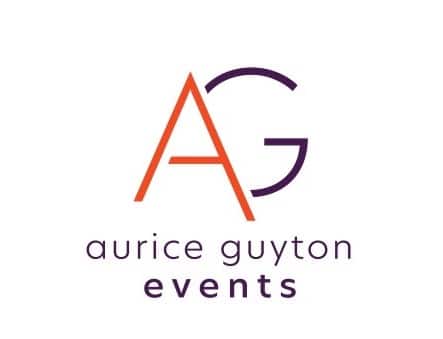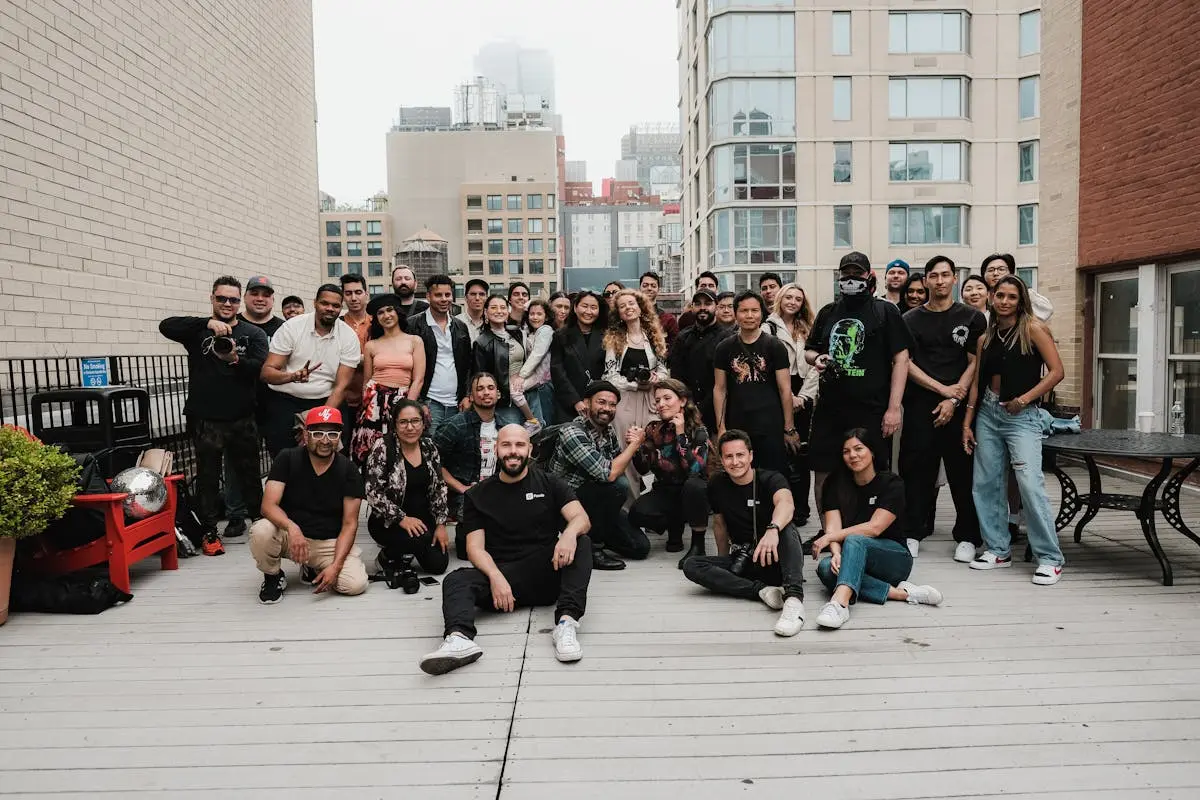Introduction to the Importance of Engaging Events
Creating engaging events isn’t just about filling the calendar. It’s the lifeblood of your association. These gatherings—be they seminars, workshops, or casual meetups—serve a multifaceted purpose. They’re where your members network, learn, and find the motivation that fuels their work and commitment to your industry. But why does this matter? In a nutshell, engaging events unlock the door to increased member satisfaction, retention, and even growth in membership numbers. When people find value in an event, they talk about it. They share their experiences with peers, which in turn, drives more interest in your association. Think of each event as a stepping stone towards building a stronger, more vibrant community. This is the cornerstone of not just surviving, but thriving in the dynamic landscape of industry associations.
Understanding Your Audience: Key to Successful Events
To pull off an event that truly resonates with your members, the first step is to deeply understand who they are. This is not about skimming the surface; it’s about digging deep to grasp their needs, interests, and challenges. Every member of your not-for-profit industry association brings a unique set of expectations to the table, and your event must aim to meet these diverse needs. Start by gathering data through surveys, feedback forms, and direct conversations. This insight allows you to tailor the event’s content, speakers, and activities so they hit the mark. Remember, a successful event is one where every attendee feels they’ve gained something valuable. So, keep your members’ preferences at the forefront of your planning process. This approach is not just wise; it’s necessary for creating engaging events that strengthen your association’s community.
Setting Clear Goals for Your Events
Before you jump into planning your next event, start with the end in mind. What do you want to achieve? Maybe you’re looking to raise funds, drive membership engagement, or increase awareness about your cause. Clear goals guide your planning process, ensuring every choice pushes you closer to your targets. Without this step, it’s easy to veer off course or get caught up in details that don’t contribute to your event’s success. Keep it straightforward – define what success looks like for your event, and let that vision shape everything from your budget to your choice of speakers. It’s not just about having goals, but ensuring they are clear, measurable, and aligned with your organization’s mission. This focus is what turns a good event into a great one.
Innovative Event Ideas to Engage Your Members
To keep your members glued and looking forward to your events, you’ve got to mix things up. Say goodbye to the same old, same old and hello to innovation. Firstly, think virtual and in-person mix-ups. Hybrid events are the future, letting folks join from anywhere while keeping that in-person vibe alive for locals. Next up, interactive workshops. People love to roll up their sleeves and get stuck in. Whether it’s a skill-building session or a creative workshop, make it hands-on. Then, consider expert Q&As. Bring in industry hotshots for live Q&As. It’s a chance for members to pick brains and get insights straight from the horse’s mouth. Don’t forget about themed networking events. Ditch the stiff vibes and go for themes that spark conversations and connections. Last but not least, community service projects. Tie in giving back with team-building; it’s a win-win that boosts morale and benefits the community. Keep it fresh, keep it exciting, and watch as your members mark their calendars, eager for what’s next.
Leveraging Technology to Enhance Event Engagement
Leveraging technology is not just about adding bells and whistles to your events; it’s about making them more engaging and valuable for your members. With the right tech, you can transform a standard gathering into an interactive experience that sticks with attendees long after it’s over. For starters, mobile apps for events can help with schedules, reminders, and live updates, keeping everyone in the loop and engaged. Polls and live Q&As during sessions can make attendees feel heard and involved, breaking the monotony of one-way presentations. And let’s not forget about social media: a hashtag specific to your event can encourage sharing and discussions online, extending the engagement beyond the physical venue. Remember, the goal is to use technology not for the sake of it, but to deepen the connection with your members and provide them with real value.
Building a Community Through Networking Opportunities
Networking is core to building a strong community in any industry association. It’s not just about meeting people; it’s about creating relationships that foster growth, mind-sharing, and support. By focusing on organizing engaging events, associations can provide invaluable networking opportunities that bring members together in a meaningful way. This is crucial for facilitating conversations that can lead to collaborations, knowledge exchange, and even mentorship opportunities. When members come together, whether it’s through workshops, social gatherings, or professional panels, it opens the door to new ideas, perspectives, and the possibility of driving the industry forward as a collective. Remember, the strength of an association is not just in its numbers, but in the connections and networks that its members build among themselves.
Measuring the Success of Your Events
To know if your events hit the mark, you gotta measure their success. First off, look at attendance. High numbers? You’re doing something right. Low figures mean it’s time for a rethink. Participant feedback is gold. Collect it through surveys or quick chats during the event. If folks loved it, you’re on track. Complaints or suggestions? Use them to make your next event even better. Check social media buzz. Are people talking about your event online? Good chatter means you’ve struck a chord. Lastly, see if you’re hitting your goals. More members? More awareness? If yes, you’ve nailed it. If not, it’s time to adjust your sails. Measuring success helps you tweak and improve, making every event better than the last.
Incorporating Feedback to Improve Future Events
Listening to your members is key to creating events that hit the mark. After every event, gather feedback. This can be through surveys, social media, or even a quick chat. It’s not just about hearing what they liked. The gold is often in the constructive criticism – the parts they didn’t like or what they felt was missing. Use this feedback as a roadmap for your next event.
Did members find a speaker boring? Next time, spice it up with more dynamic presentations. Was the event too long for some? Consider breaking it into shorter, more focused sessions. Members wish for more networking opportunities? Make sure to carve out more time for mingling in your future events.
Remember, incorporating feedback shows your members you value their opinions. This not only improves your events but also strengthens their loyalty to your association. It’s a win-win. So, keep your ears open and be ready to adapt. Your members will thank you for it, and your future events will be all the better for it.
Case Studies: Successful Not for Profit Events
Not-for-profit organizations have something special – they work for a cause, not just profit. That’s why when they host events, the stakes are different. It’s not just about gathering people; it’s about inspiring action, sharing knowledge, and strengthening community bonds. Let’s dive into a few case studies to see how successful not for profit events have made an impact.
First up, consider the annual conference held by the American Heart Association. They blend education with fundraising, hosting talks by leading heart health experts alongside silent auctions. The result? Engaged participants and vital funds raised for heart research.
Another noteworthy example comes from a small environmental nonprofit that organized a local clean-up event. They partnered with schools, local businesses, and the city council. This collaboration turned a small volunteer gathering into a citywide movement, bringing attention to their cause and securing future partnerships.
Lastly, think about the social innovation forums hosted by Ashoka. These events gather change-makers from around the globe to share ideas and collaborate. Attendees leave these forums not just inspired but connected to a worldwide network of innovators.
These case studies show that when not-for-profits focus on their mission and creatively engage their community, they can host events that are memorable, impactful, and forge lasting connections. It’s clear – with the right approach, not for profit events can be powerful tools for change.
Conclusion: Continuing Engagement Beyond the Event
Keeping your association’s members engaged doesn’t end when the event does. It’s vital to think of post-event engagement as the start of your next chapter. Encourage members to stay connected through online forums, social media, or follow-up workshops. Make sure to gather feedback about what worked and what could be better. Use this information to make your next event even more engaging. Remember, every interaction with your members strengthens their commitment to your cause and the community. Keep the momentum going. Your association’s vitality depends on the continuous engagement of its members.


